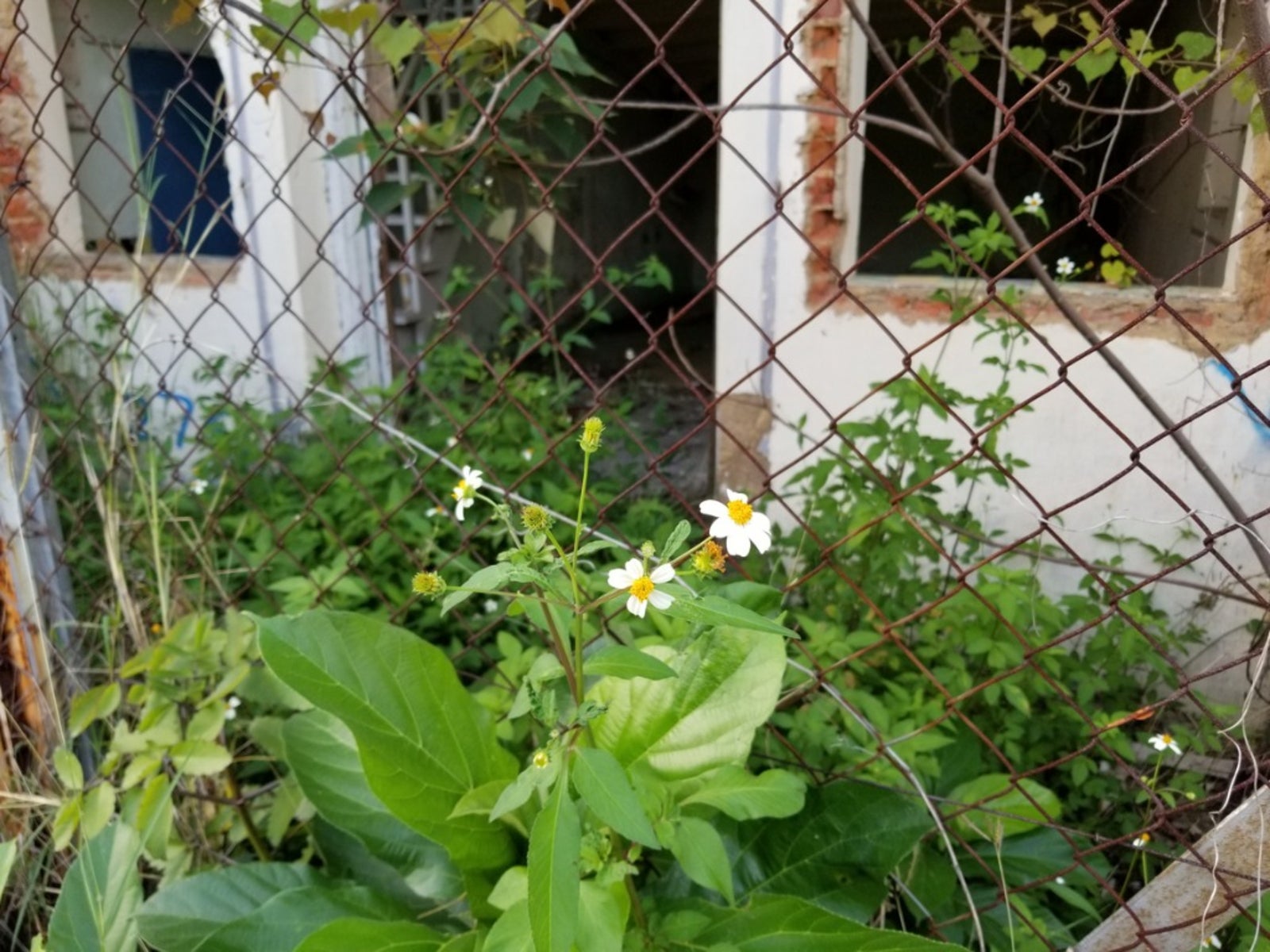Spanish Needle Control and Tips On Managing Spanish Needle Weeds


Managing Spanish Needle
What is Spanish needle? Although Spanish needle plant (Bidens bipinnata) is native to Florida and other tropical climates, it has naturalized and become a major pest across much of the United States.
Spanish needle weeds aren’t all bad; the plants display attractive foliage and tiny yellow centered white flowers that attract honeybees, butterflies, and other beneficial insects. The downside is that the plant is extremely aggressive and produces needle-like seeds that cling to everything they touch, including hair, fabric, and fur.
When you consider that one plant can produce 1,000 prickly seeds, you can understand why Spanish needle plant isn’t a welcome visitor in most gardens. If this sounds familiar, keep reading to learn about Spanish needle control.
Controlling Spanish Needles
Young Spanish needle weeds aren’t difficult to pull when the ground is moist, and unless you have a huge infestation, hand-pulling is the most effective and safest solution. Work carefully and use a shovel or spade, if necessary, to get the long, tough taproot. The key to success is to pull the weeds before they have a chance to go to seed – either before the plant blooms or shortly after – but always before the blooms wilt.
Don’t expect to eradicate Spanish needle plant on your first try. Keep pulling the seedlings when they are young and tender; you’ll eventually gain the upper hand. If you have a large infestation, mow the plants periodically so they have no opportunity to develop flowers and go to seed.
You can also gain Spanish needle control by spraying individual plants with an organic herbicide. Talk with your local extension service agent or the folks at a local garden center to learn about the safest products to use for this purpose.
Sign up for the Gardening Know How newsletter today and receive a free copy of our e-book "How to Grow Delicious Tomatoes".

A Credentialed Garden Writer, Mary H. Dyer was with Gardening Know How in the very beginning, publishing articles as early as 2007.